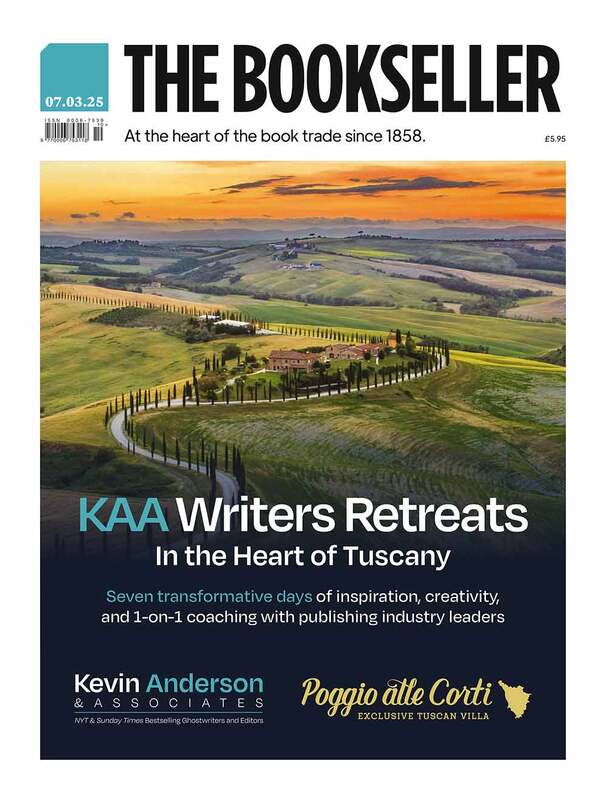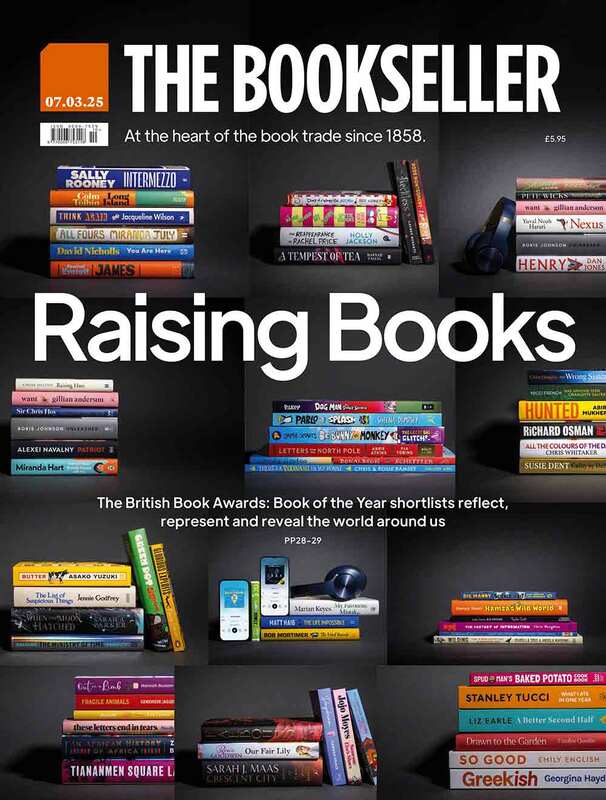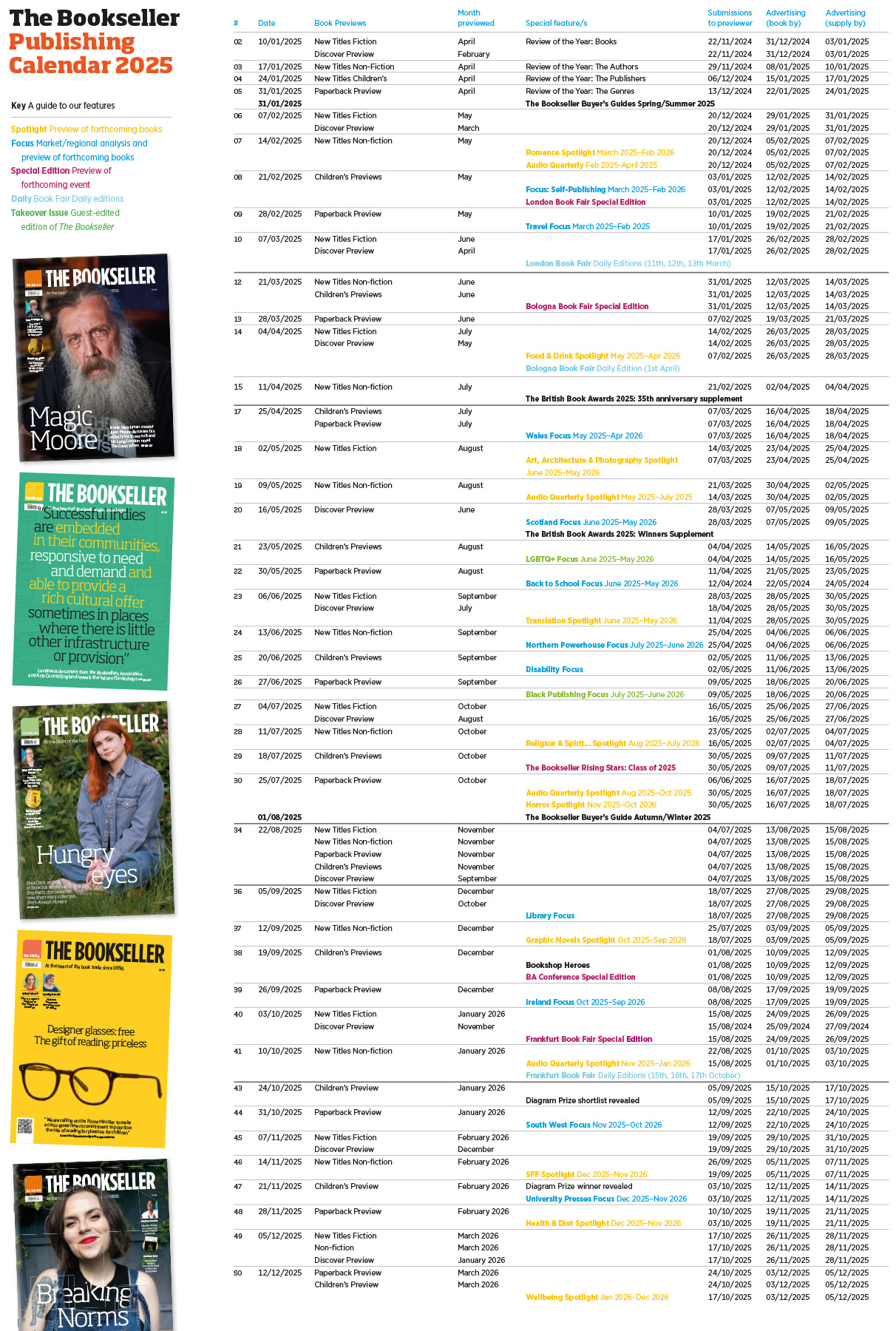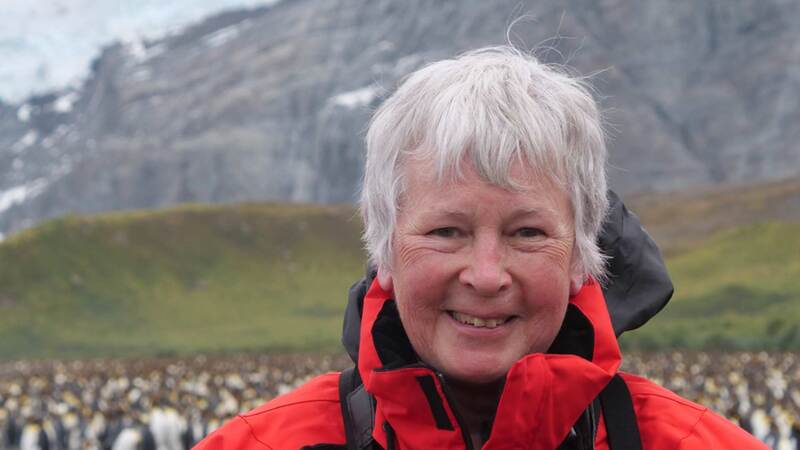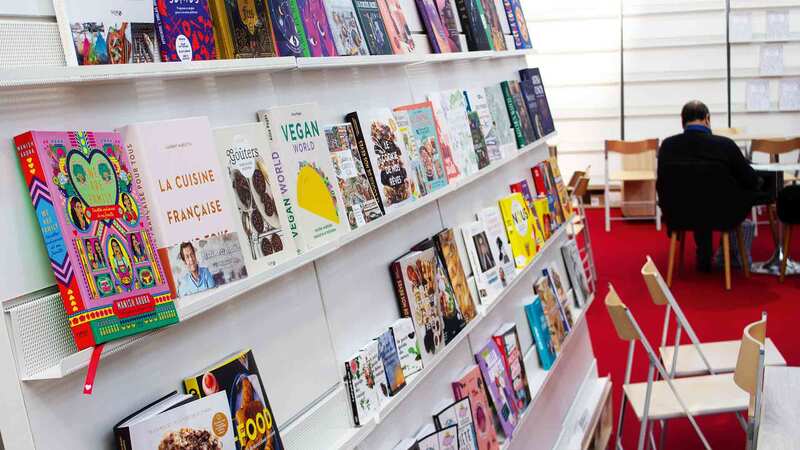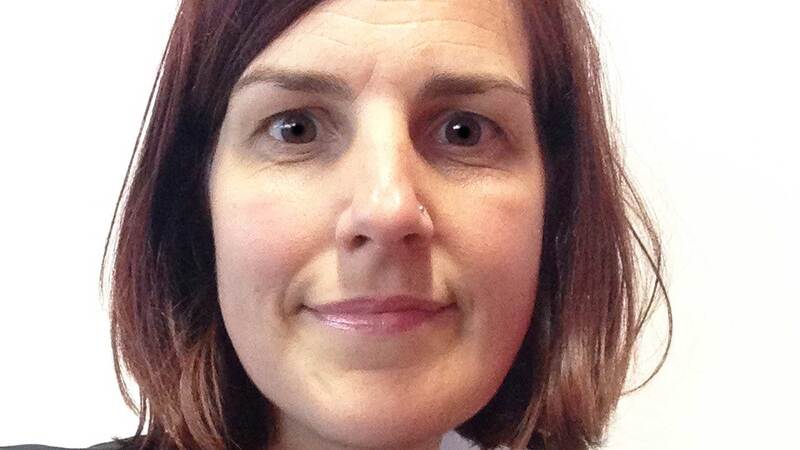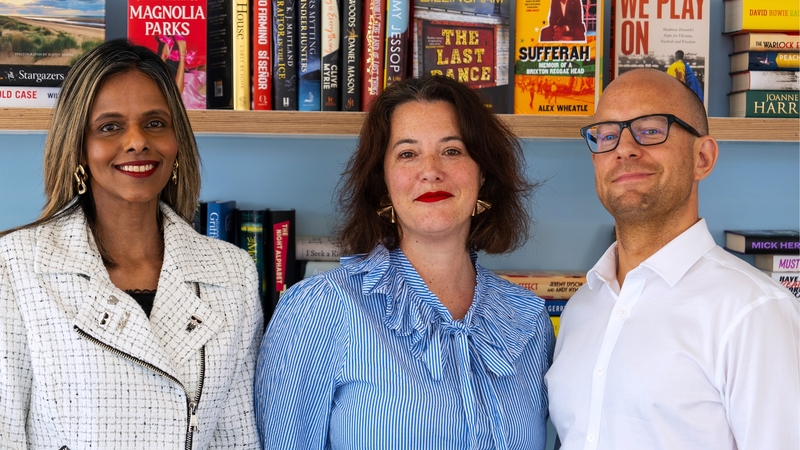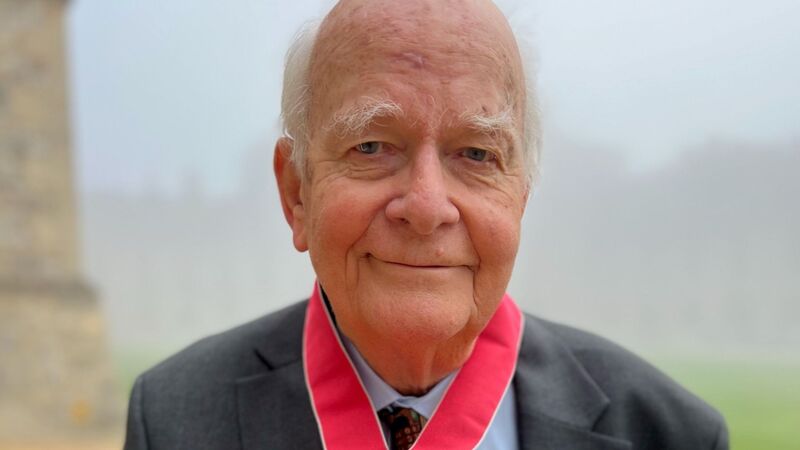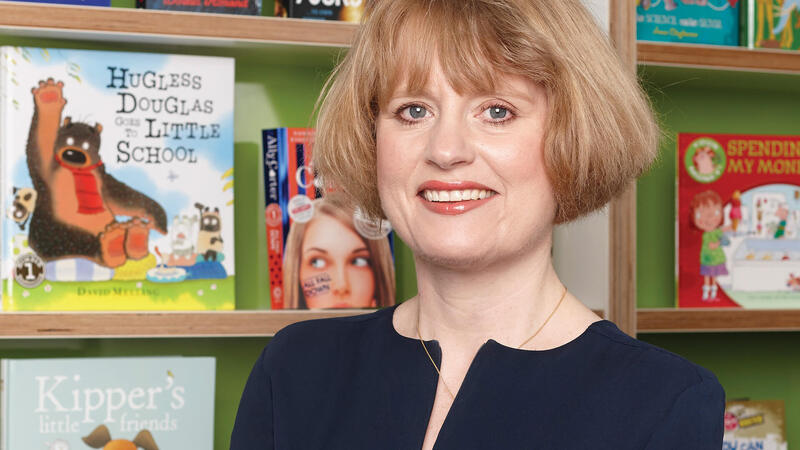You are viewing your 1 free article this month. Login to read more articles.
Profile: Hilary Murray Hill
Hachette Children’s Group looks to future growth
Growth in licensing and digital are on the cards at Hachette Children’s Group (HCG) as c.e.o. Hilary Murray Hill reviews the business.
Murray Hill has been in the job since January after she was headhunted from Egmont by Hachette UK’s chief executive Tim Hely Hutchinson. She is now in charge of six imprints (see below), which were all folded into HCG at the beginning of 2015—a seventh, Quercus Children’s, will be fully integrated into the group by the end of the year.
Hachette Children’s Group looks to future growth
Growth in licensing and digital are on the cards at Hachette Children’s Group (HCG) as c.e.o. Hilary Murray Hill reviews the business.
Murray Hill has been in the job since January after she was headhunted from Egmont by Hachette UK’s chief executive Tim Hely Hutchinson. She is now in charge of six imprints (see below), which were all folded into HCG at the beginning of 2015—a seventh, Quercus Children’s, will be fully integrated into the group by the end of the year.
The change is “very exciting” for Murray Hill. “Since I’ve been at Hachette I have been delighted by the energy and enthusiasm for change, and I feel that it is a very good place to develop plans to grow in the future,” she says. She is not ruling out acquiring even more children’s publishers, saying growth will be achieved “obviously through the acquisition of licences and authors and illustrators, but potentially in future by the acquisition of other children’s publishing companies.”
However, one of her first jobs is looking at each imprint and enhancing each one’s individual identity. Murray Hill is adamant Hachette Children’s will not combine its imprints. “Those independent imprints have different voices,” she says, flagging up Orchard’s strength in the gift market and Hodder Children’s in Young Adult. “The editors have different tastes and they have strengths in different areas . . . It’s possible to maintain separate imprint identity and editorial independence, while creating an overview and a sense of direction across the whole of the group.”
The imprints will retain their key brands—Horrid Henry (Orion Children’s), How to Train Your Dragon and Hugless Douglas (both Hodder Children’s) being some examples—but Murray Hill says the number of books published overall needs to come down.
When asked how many books the company plans to publish annually, she replies: “I think that’s a difficult question to answer because that would very much depend on what books there are in what lists, but I think it’s generally acknowledged that there are too many books being published and it’s probably better to focus more on fewer titles and put appropriate marketing backing behind them.”
When asked if redundancies could be on the cards, she answers: “Obviously I’m reviewing the whole of the business”.
Two big areas of growth in the future will be licensing and digital, and the company is currently hiring a licensing director and a digital manager. “The whole industry is aware of the opportunities presented by successful licensing publishing, and clearly, the licence is doing some of the marketing for you,” Murray Hill says, adding that acquiring IP from YouTubers or fan fiction writers isn’t out of the question, either.
In digital, the focus will be on “rich” formats and “things beyond e-books”, and one of the first challenges is finding a way of using non-fiction content from the Franklin Watts and Wayland lists digitally.
A career in publishing
Murray Hill started her career in publishing in the sales department at Hamlyn in the 1980s, before moving to Carlton Books. From there she took a marketing job at Usborne, a role she “absolutely loved”, and then she worked at Scholastic for nine years, latterly as its managing director.
In January 2014 she became m.d. of the Books division at Egmont, where she had a “very interesting and professionally demanding time”, and she would still be there had Hely Hutchinson not offered her the “once-in-a-career” opportunity at Hachette.
Over the years, children’s tastes have not changed hugely, she claims—“dinosaurs and fairies and giants and princesses are always with us”—but publishers do have to fight more for children’s time, so there is a pressing need for “exciting content”.
An interesting example is Enid Blyton (Hodder Children’s manages the Blyton estate), she adds. “I am really interested in the opportunity presented to us by Blyton and the ways in which we can take that content wider and do other things, other kinds of publishing . . . making the most of the brand.”
The attention economy
Another positive change is how children’s publishing has become less prescriptive. “There is an acknowledgement now, quite rightly, that it’s about the habit of reading. Sometimes I might read a contemporary, literary novel, but on other occasions I might be quite happy to sit and read a copy of Hello! magazine. It’s not the job of a publisher just to publish books they think are going to be good for children. That’s not what drives me at work.” Instead, what is important is a combination of commercial success and winning prizes, she says.
However, she denies that the children’s market will be dominated by Hachette Children’s, HarperCollins Children’s Books and Penguin Random House Children’s: “You can see successes in companies of different sizes . . . It’s always about the publishing, and a small player could have a massive success. I don’t think we are seeing any evidence in the children’s market that it’s just about the big players.”
The Agent's Perspective
Hachette Children’s Group is a force to reckon with Penguin Random House Children’s and HarperCollins Children’s Books, according to agents working in the industry. Last year, Hachette UK recorded Children’s sales of £21.4m, taking 6.3% of the market, according to Nielsen BookScan. By contrast, PRH’s Children’s haul (including DK) was £73.3m (a 21.8% market share), while HC had sales of £37.2m, an 11% share.
But Amber Caravéo, director of agency Skylark Literary, said Hachette Children’s will offer stiff competition for PRH and HC. “Having giants in the industry like this does mean that they will provide competition for each other—and competition in the market is always a good thing,” she said. “Better to have a variety of large-publisher options than a single behemoth dominating.”
Literary scout Helen Boyle added: “We’re all watching to see how the large groups impact the market and the knock-on effect on frontlist, midlist and backlist. Will these giants be powerful, chart-encompassing hit-makers or cumbersome corporate beasts?”
However, she warned that the strength of other publishers should not be underestimated: “Perhaps, while everyone is watching the giants, others will steal a march on the market. Macmillan Children’s Books, Bloomsbury and Simon & Schuster have some very strong publishing coming in 2015/16.”
Other agents praised the Hachette Children’s merger, but said it was too early to predict how it would affect the industry. Sallyanne Sweeney of Mulcahy Associates said: “I think the combined experience and resources in the division is positive for authors and makes sense when all are under the same roof, but does it means less competition for agents and authors? I hope the various imprints will be able to maintain their editorial identity.”
Agent Ben Illis pondered the implications of reducing output: “Shelf space is already at a premium, so while I understand streamlining publishers’ output makes commercial sense, it makes me wonder how we can sustain our drive for diversity in kids’ books and keep producing enough books of a wide enough scope to inspire a wealth of young minds across the board.”

